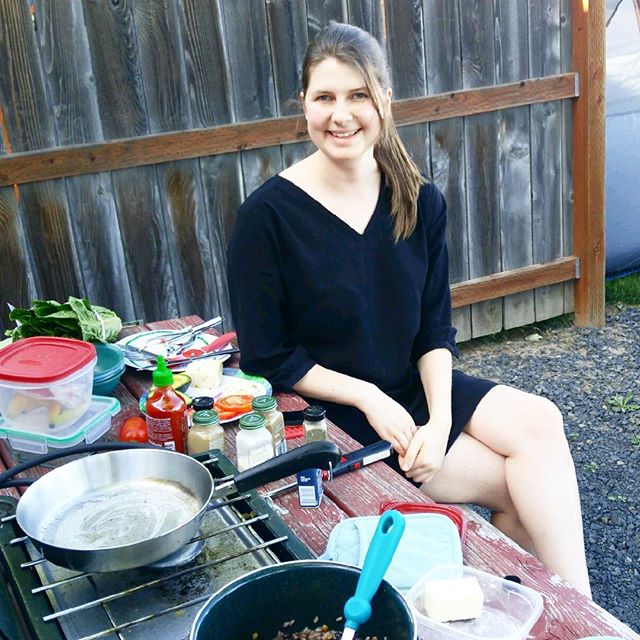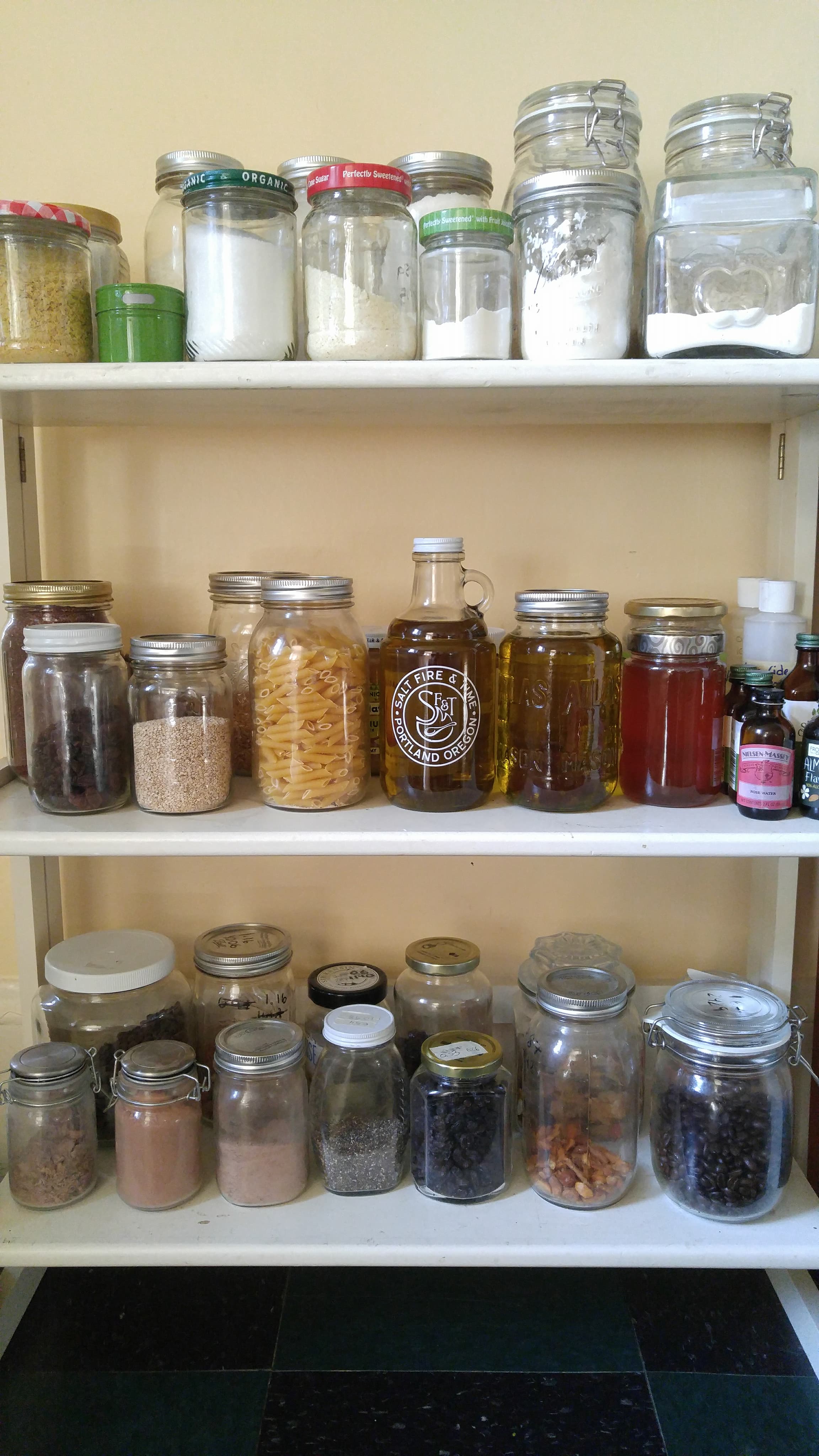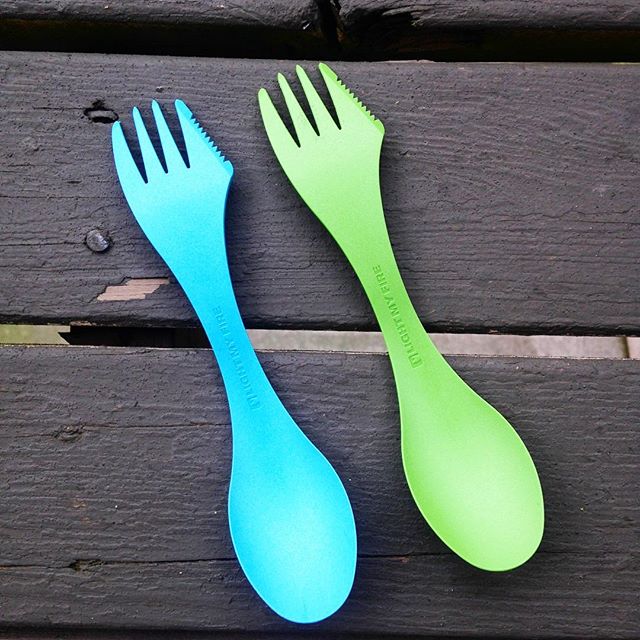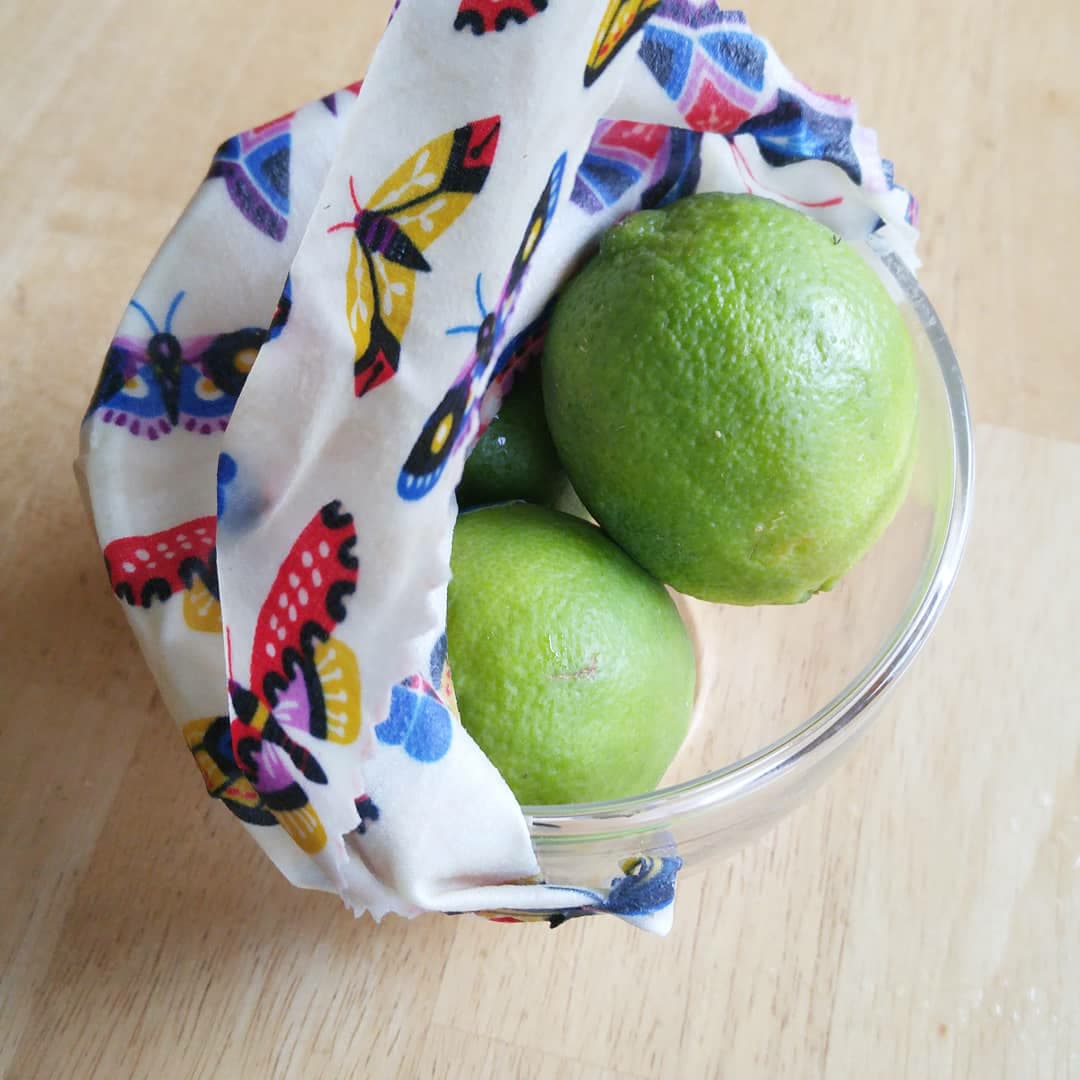Jenica Barrett from Zero Waste Wisdom shares her insights for creating less waste.
Jenica Barrett started a new, personal journey that began with a six-month challenge. That was three years ago and it is now part of her everyday life. The challenge she set out to complete was a waste audit - where you gather your trash to tally, weigh and itemize for a week or a month.
She was a college student back then and now as a graduate student, she leads workshops and presentations about her zero-waste lifestyle.
“I see myself as someone fortunate enough to educate others on the environmental impacts of our actions collectively and to provide resources for them to adjust their lifestyles for the better. I do this by dedicating a vast amount of time to keeping my blog up-to-date and offering local workshops. I provide information that anyone can apply to their own life, or they can adapt my suggestions to meet their current needs. Face-to-face interaction is also highly impactful which is why I focus a lot of time promoting the idea of waste reduction and environmental stewardship in my local community.”
Rethinking how to create less waste is the goal. This can be purchasing a durable coffee mug from a resale or thrift store to buying dried cranberries from the bulk section at your local grocery store.
Ask yourself questions before a purchase, such as:
- Do I already have something that can do the job?
- Can I buy this second hand?
- Is there a more durable option?
- Can I borrow it from someone?
We all have habits – some good, some not so good – that we choose to do. What we do with our waste – recycle, compost or landfill it - is part of our habits too.
The average person produces 2.89 pounds of garbage a day per year. That’s 1,054 pounds a year. Jenica chronicles her continued journey by showing the waste she produces each year. In 2017, she created 1.67 pounds, and it fits in a jar!
Jenica gets many questions about her lifestyle from workshop participants and online. This gives her opportunities to offer tips to reduce, reuse – and refuse. She said some people get stuck on bringing things themselves (bags, mugs, cutlery). She offers another direction if this is an obstacle – like purchasing an item in a different package. This type of shift is what opens the door to reducing and creating less waste. Keep in mind - the best choice is to avoid any product that is designed to be disposed of after one use.
“The biggest thing people can do to avoid contributing to the plastic program our oceans are facing is to stop using it. Plain and simple. This can take the form of buying things in bulk, bringing your own container, and giving feedback to companies who still use excessive packaging. It is important that we start demanding change by being conscious of where our dollars are spent and make sure we are putting our money towards products that are good for the environment. We can’t kick our plastic habit overnight and I still use plastic products now and then. But unless we dramatically cut back on our reliance on disposables, these items will keep ending up in the ocean. It doesn’t matter how well we sort our recycling or whether we develop incinerators for our trash. If we are using so many disposable products, litter and pollution will continue to occur.”
Here is Jenica’s list of 10 things to do today to reduce your waste:
- Invest in a reusable water bottle
- Bring your own grocery bags
- Bring containers for leftovers at restaurants
- Buy in bulk
- Make your own cosmetics
- Compost your food scraps
- Refuse plastic straws
- Purchase second hand items
- Switch out paper towels for cotton towels
- Conduct a waste audit
Jenica offers tips, advice, recipes and more on her website and through social media. Learn more at Zero Waste Wisdom.





